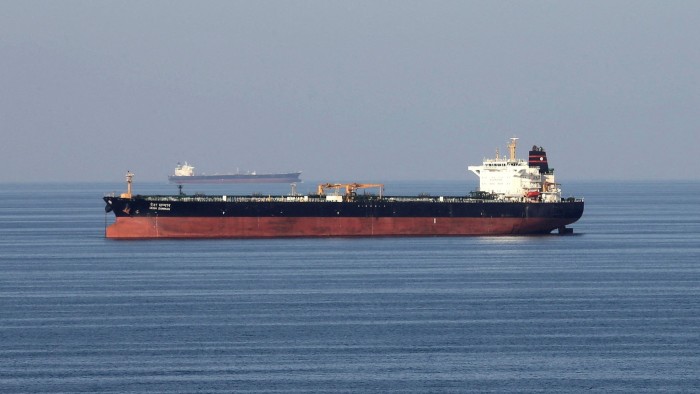Unlock the Editor’s Digest for free
Roula Khalaf, Editor of the FT, selects her favourite stories in this weekly newsletter.
The potential risk to oil prices from tensions in the Middle East is well-recognised. But what about gas?
On the face of it, the natural gas market does not look anything like as exposed as the oil market. A fifth of global oil consumption transits through the Strait of Hormuz, a narrow waterway bordered by Iran. While about a fifth of liquefied natural gas supplies — super-chilled fuel carried by tankers, chiefly from Qatar — also flows through the Strait, LNG only accounts for between 10 and 15 per cent of global gas consumption. The vast majority is still piped or used near the point of production.
Europeans may also be comforted by the fact that only 12 per cent of the gas that flows through the Strait of Hormuz is routed into Europe, according to data and analytics provider ICIS, with 82 per cent destined for Asia.
Yet the structural oddities of the European gas market mean that any potential disruption to shipping through the Strait would have a disproportionate impact.
Europe has already been hit by the sharp decline in Russian gas imports following the invasion of Ukraine. This has increased its reliance on LNG to about 40 per cent of demand. What’s more, about 60 per cent of that LNG is acquired through the spot market, according to the Oxford Institute of Energy Studies, rather than through long-term supply contracts. That’s gas that goes to the highest bidder. Should Asian countries be left short of Qatari LNG, they would compete vigorously for spot cargos, driving prices higher in Europe too.
The question, of course, is how much higher. Gas demand reacts sharply to price rises as industrial users stop production. But, just for reference, in a tight 2022 market the average price of spot gas on the Asian JKM index was $33 per million British thermal unit. That’s a lot higher than the roughly $12 that European gas currently trades at on the continent’s exchange. And considering that gas sets the power price in Europe about 60 per cent of the time, according to Goldman Sachs, any pain would be widely felt.
The possibility of a further disruption to global gas supply, however difficult to determine, comes as Europe already faces tight supply. It will highlight, once again, the urgent need to diversify energy sources by investing in nuclear power and renewables.
